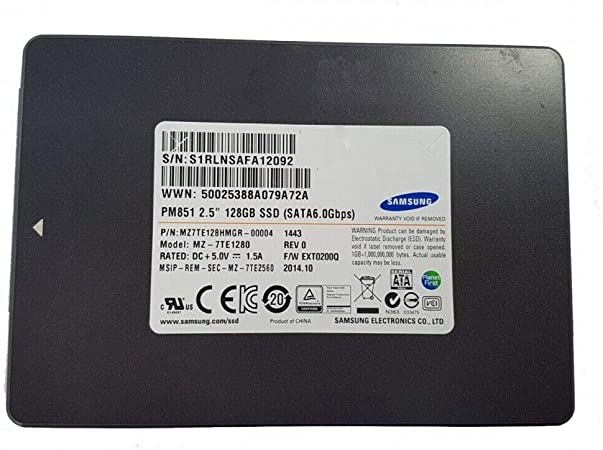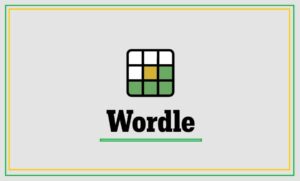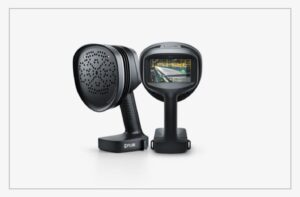Samsung MZ7TE128HMGR 000 SSD – Factors to consider before buying
6 min read
The tech-savvy individuals continue to adapt Solid State Drives as they’re significantly faster and smaller than a mainstream hard drive. If you going to purchase a new SSD, there are a few important aspects to consider, such as price, drive specifications, and performance.
Samsung MZ7TE128HMGR 000 SSD is one of the most frequently purchased SSD that offers 128GB of storage space and comes in 2.5 inches form factor with a SATA 6GB/s interface, making it a perfect choice for individuals who want to acquire a budget-friendly SSD for their desktop PCs. Some of its technical features include:
- Product Type – Internal Solid State Drive
- Form Factor – 2.5-inch
- Capacity – 128GB
- Flash Memory Technology – Triple Level Cell (TLC)
- Random Read IOPS – 100000
- Random Write IOPS – 100000
- MTBF – 1500000 hours
- Drive Interface Type – SATA 6GB/s
5 Factors to consider before buying:
Before finalizing your purchase decision for a new SSD, here are five important factors you must acknowledge for a better and more informed purchase decision.
- Price Factor:
SSD prices have gained remarkable attention over the course of the last decade. In 2010, the average price of SSD was somewhat around $3.00 per gigabyte, whereas, in 2021, you could find Solid State Drives for as low as $0.1 to 0.5$ per gigabyte depending upon its form factor.
Keep in mind, if you opt for higher capacities, they can cost you much higher but an optimum capacity SSD like Samsung MZ7TE128HMGR 000 128GB SATA SSD can be much more affordable.
SSDs are much more expensive than mainstream mechanical hard drives, and this difference is not negligible but they are remarkably better in performance and durability. Even if you opt for a 128GB SSD like Samsung MZ7TE128HMGR 000 to use as a boot drive (in parallel with HDDs for greater storage) for your operating system, you’ll still notice the significant difference in performance in terms of fewer boot and load times.
In simple words, when it comes to budget factors, HDDs beat SSDs in this domain. If your budget is limited and you can compromise on performance, opt for an HDD. However, SSDs have never touched the price line before, as they are much more affordable now compared to what it costs to buy an SSD when they were first introduced. Even if you grab a 128GB SSD to use as a boot drive for your operating system, you’ll still notice the difference!
- Physical Aspects
Whenever you buy hardware, you have to look out for potential incompatibilities. The best SSD in the world is useless if you can’t mount it in your system, right? Fortunately, SSDs are pretty much standardized (for the most part), so you’ll be okay as long as you pay some semblance of attention.
- Form Factor
Latest SSD variants come in a 2.5-inch form factor, making it the standard size for laptop PCs. Such an SSD is not compatible with most desktop PCs, which usually require a 3.5-inch form factor, but you can resolve this using a 2.5 to 3.5-inch mounting kit. When it comes to most modern system cases, they also feature built-in 2.5-inch SSD mounting racks.
Apart from the standard 2.5-inch form factor, there is another SSD form factor namely the M.2 formerly known as the next-generation form factor (NGFF). M.2 SSDs are much slim and portable than 2.5-inch FF SSDs and are intended to be used in ultra-thin laptops and tablet PCs. For their compact size and design as well as faster performance due to the NVMe interface, M.2 SSDs cost much higher than 2.5-inch FF SSDs
- Connectivity Interface
budget-grade SSDs normally possess a SATA interface, although whether you should get a 3 Gbps SATA or 6 Gbps SATA will depend on whether your system board can handle these connectivity standards. Nowadays, 6 Gbps SATA SSDs like Samsung MZ7TE128HMGR 000 are more common, but 3 Gbps are often less costly if you can find them from any refurbished or pre-owned hardware retailer.
However, you can also get high-end SSDs with an NVMe interface. NVMe SSDs are often available as M.2 variants and can be directly deployed on a system board PCIe extension slot. NVMe SSDs offer significantly higher performance and speeds.
- Performance
The primary benefit of preferring SSDs over mainstream HDDs is that SSDs are remarkably faster. With SSDs, computer boot-up times are reduced from minutes to a few seconds, applications launch times are reduced significantly, and files are transferred up to 10x faster.
You can easily say that even entry-level SSDs are still miles ahead of HDDs in terms of speed and performance. If the performance is your primary concern, then undoubtedly SSD always wins.
For instance, IOPS, input/output operations per second is a physical quantity determining the performance for HDDs or SSDs. Generally, an HDD features an IOPS range of 55-180, while an SSD offers IOPS from 3,000 – 100,000. Random Read and write IOPS of Samsung MZ7TE128HMGR 000 SSD are noted as 100000.
- Storage Capacity
There’s an important difference between the way SSDs and HDDs manage their storage. While HDDs often have to deal with disk fragmentation, SDDs do it by what is called garbage collection.
When data is being written on an SSD, it’s written in small data chunks called pages and a group of pages is known as a block. At a particular time, the pages in a block could be all empty, all full, or a combination of both these statuses.
The certain way in which SSDs are designed, it’s impossible to overwrite existing data (which is easily possible with their HDD counterparts). Instead of directly writing new data to an occupied block, the entire block has first to be cleared and made empty.
Apart from this, to prevent data from losing, whatever information or data written on the block must first be shuffled to elsewhere before the block can be emptied. Once the data is shifted and the block is made empty, that particular block of SSD becomes available to store new data. This process of copy-move-erase-write is known as garbage collection and it requires SSDs to have some empty space to function properly. If you lack a sufficient amount of space, then the garbage collection process fails to perform efficiently and your SSD becomes sluggish. This is one reason why an SSD’s speed and performance worsen with the passage of time as it ended up much often.
To keep the garbage collection performing with optimum efficiency, general practice is to keep 20% of your SSD empty. For a 128GB SSD like Samsung MZ7TE128HMGR 000, you should only fill up to 100 GB of storage keeping 28GB in reserve as to be used by the garbage collection process.
- Durability
The last factor to consider is how long the SSD will last. Unlike HDDs, SSDs lack any mechanical components, which is great for noise-free performance even under stressed workloads, and it also means there will be no friction that can cause any vibration or damages. Hence, mechanical failure isn’t something that you need to think about if opt for an SSD.
But the other side comes amidst a disadvantage on SSD’s end as they are more prone to power failure. Glitches in electricity, while the SSD is running, can cause your data to be corrupted or even physical damage to the device.
The average lifespan of an SSD is significantly higher than HDDs and is around 2 million hours (about 228 years) to 5 million hours or 570 years, known as the meantime before failure. Samsung MZ7TE128HMGR 000 offers an MTBF of 1500000 hours (171 years).
Conclusion
If you have a limited budget and performance is not your primary concern, you should opt for a conventional spinning HDD. For everyone else, it’s about time to opt for much better and high-performing SSDs, without any second thought.
You can also use a combo of both storage technologies by opting for a budget-friendly and low-capacity SATA SSD like Samsung MZ7TE128HMGR 000 128GB SSD in combination with at least 1TB HDD to store less frequently used media files like HD videos or photographs.






